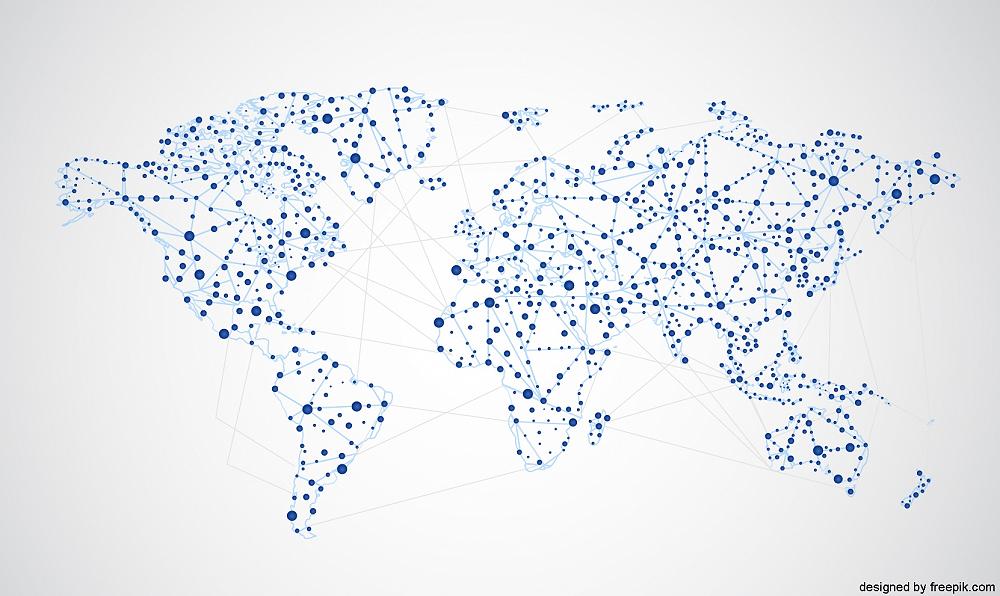
Teacher Supply and Networks of Learning
The emerging issue of teacher supply in many regions of New Zealand has been well documented over the past year and the various solutions mooted by the Minister have worth.
However, in the long term, it is extremely important we explore a range of solutions that recognise the changing nature of society and education. Technology, and in particular the internet, has had an undeniable impact on all aspects of society. Professor Manuel Castells, conceptualises this change as the rise of a ‘Network Society’ with the internet being the decisive technology in this change - “with the explosion of wireless communication in the early twenty-first century, we can say that humankind is now almost entirely connected”. The network society is constructed around personal and organisational networks, powered by digital networks and communicated by the internet. This, in turn, means society is both boundaryless and global.
If this is the emerging paradigm, then we need to reconsider how we ‘do’ education. While initiatives such as BYOD, Cloud Computing, and Digital Technologies HangarauMatihiko, recognise our changing world, they really only scratch the surface of what is possible, especially at a system-wide level. Schools operating as silos, in a competitive, market-driven environment, focused entirely on the local context, makes little sense. It is no wonder that as schools compete to attract all the best teachers for their particular area, others suffer as a result. Teacher shortages are inevitable in such an environment.
The teacher supply issue is an opportunity to explore how we can bring meaningful system-wide change to education in the 21st century. Networks of schools and networked learning are the key to addressing many of the challenges we face in a fast-changing world. This is clear in the development of Communities of Learning (COLs) which recognises the importance of schools working together to provide meaningful pathways for learners within or across local communities. The planned Communities of Online Learning (CoOLs) recognised the importance of a regulatory framework for online learning in helping enable an education system where location is no barrier to quality learning outcomes.
Together they present a compelling picture of how learning could work across boundaries - Schools working together as networks of learning to create efficiencies in the use of their resourcing, to cater a wide variety of learner needs and interests and to prepare them for a ‘connected’ world.
However, the spectre of privatisation loomed large over CoOLs so there was little surprise when the current government introduced a bill to repeal this legislation. What will replace it is far from clear, but it is important that mechanisms such as a regulatory framework and funding model, are in place at some point soon. Without them, we will continue to rely on an ad hoc approach with little strategic oversight from the Ministry of Education.
Somewhere in amongst the blue sky national educational conversations, we have an opportunity to leverage technology to realise a vision for education in New Zealand which establishes schools as networks, as collaborators and as providers in a boundaryless environment. The significance of this vision is that is a based on an established, proven model that has been in place in some form since 1994. We need to ensure that this time around it is not an opportunity missed.
